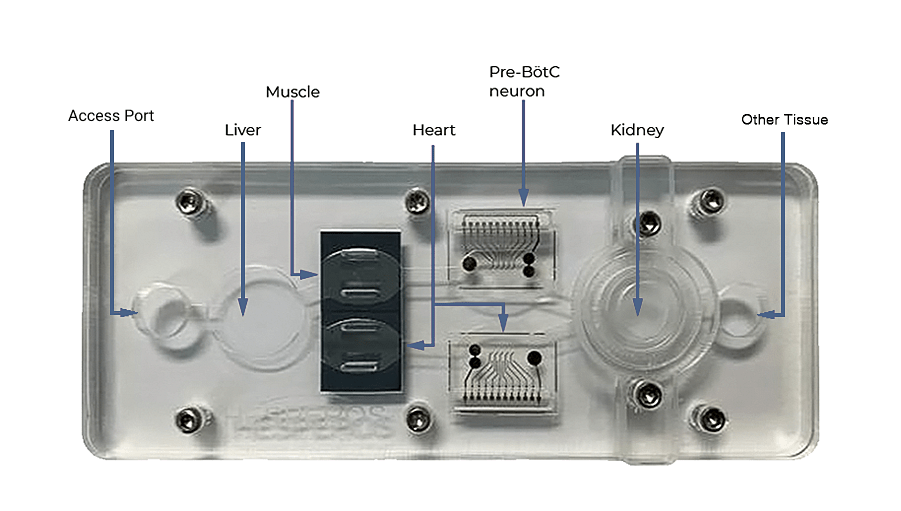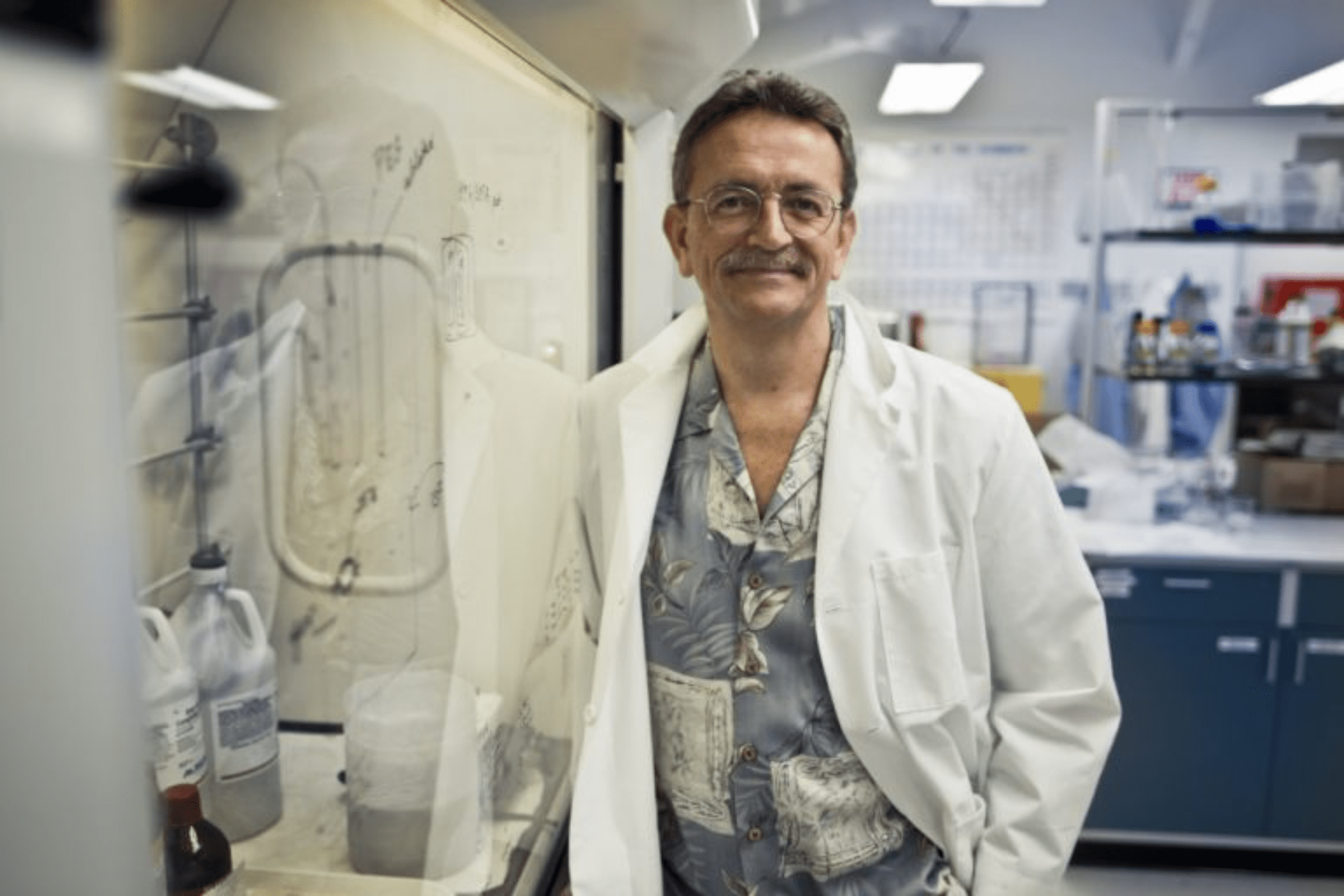Human Models for Human Diseases
Unprecedented insight into how the human body will respond to chemicals & novel therapeutics
One Platform for Drug Discovery
Physiologically realistic models accurately predict patient responses
Select Organ Modules
Easily interchange an ever-growing list of available organs depending on your application. Cells derived from patient samples & iPSC.
Primary Organs
Barrier Tissues
Select Research Institutes & Commercial Partners
We are funded and collaborate with the best. A select list as follows:
NCATS

Roche

NIA

Gates

NIEHS

AZ
Awards
We are proud to enable treatment development for every disease while eliminating the need for animal testing. Here is a select list of awards we've picked up so far.
Explore
Get in Touch
Hesperos, Inc.
12501 Research Parway, Suite 100
Orlando, Florida 32826
(407) 900-5915
info@hesperosinc.com
![[removal.ai]_tmp-60130d1e244b8](http://hesperos-new.flywheelsites.com/wp-content/uploads/2021/01/removal.ai_tmp-60130d1e244b8.png)









